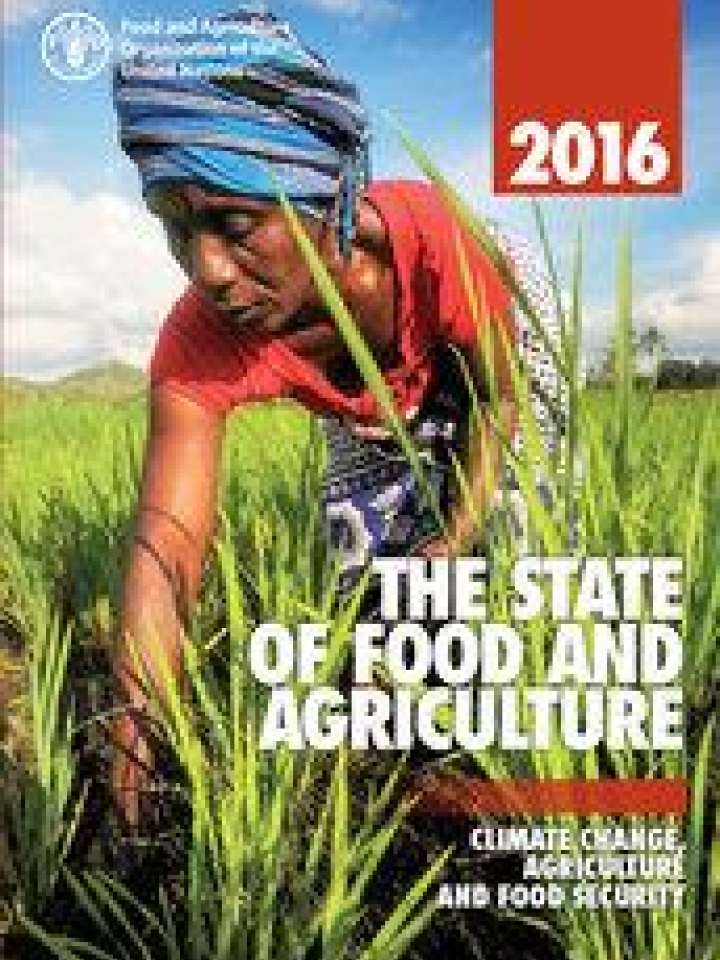The state of food and agriculture: Climate change, agriculture and food security
This report focuses on the impacts of climate change on agriculture and the implications for food security. The report calls for urgent support to smallholders in adapting to climate change. In fact, keeping climate change within manageable levels can only be achieved with the contribution of the agriculture.sectors.
The report concludes the following:
- Agroecology and sustainable intensification are examples of approaches that improve yields and build resilience through practices such as green manuring, nitrogen-fixing cover crops and sustainable soil management, and integration with agroforestry and animal production.
- More resilient agriculture sectors and intelligent investments into smallholder farmers can deliver transformative change, and enhance the prospects and incomes of the world’s poorest while buffering them against the impacts of climate change.
- Livelihood diversification can also help rural households manage climate risks by combining on-farm activities with seasonal work, in agriculture and in other sectors. In all cases, social protection programmes will need to play an important role.
Regarding climate finance for adaptation, the report's key messages are the following:
- International public finance for climate change adaptation and mitigation is a growing, but still relatively small, part of overall finance for the agricultural sectors.
- More climate finance is needed to fund developing countries' planned actions on climate change in agriculture.
- Provided policies and institutional frameworks that promote transformative change are in place, international public finance can act as a catalyst to leverage larger flows of public and private funding for sustainable agriculture.
- Capacity constraints currently hamper developing countries' access to and effective use of climate finance for agriculture.
- Innovative financial mechanisms can strengthen the capacity of financial service providers to manage risks related to climate change, helping to leverage investments for climate-smart agriculture.
Explore further
